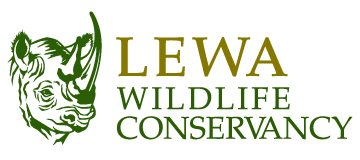The designation of protected areas, in response to habitat encroachment and pressure from anthropogenic activities, is one of the primary global conservation strategies for the management of vulnerable species. Fenced reserves tend to be small, with finite resources imposing an artificial ecological carrying capacity (ECC). Wildlife populations in fenced areas grow rapidly and may exceed the ECC of the environment, resulting in effects like vegetation changes and declines in population growth rates. For megaherbivores, such as the black rhinoceros, population growth rates are predominantly limited by food availability. Thus, resource availability and utilisation studies are essential to determine whether there are adequate resources to support a viable population within fenced reserves and to implement appropriate management plans. This study was conducted on the LewaBorana Landscape (LBL), which includes two conservancies that vary due to intrinsic physical differences. Browse availability (BA) and the utilisation of resources by black rhino were investigated. Key findings indicate that BA did not differ between the two conservancies. However, BA in forest habitats was 18% higher than hills and 20% higher than plains. An assessment of current management strategies (exclusion zones) revealed that BA inside the zones was 22% higher than outside. However, higher quantities of BA were not correlated with the age of the exclusion zone, suggesting that the vegetation in some zones may have exceeded 2.0m in height and become inaccessible to black rhino. Although exclusion zones are successfully increasing BA, they are not being managed in a way that optimises food quantities for black rhino. Selectivity indices revealed that black rhino select for Acacia drepanolobium, an important food source that has declined on the LBL in recent years, this could have implications regarding resource availability and population viability. Finally, black rhino select for herbs and low growing succulent species during the wet season. This appears to be a behaviour that has evolved to avoid competition with other large herbivores, such as elephant, and has been documented in other black rhino populations. Overall, this study has resulted in several key findings that have implications for habitat manipulation, current management strategies and the conservation of fenced black rhino populations across Africa.
Target journal: African Journal of Ecology ERGO number: 31862 Keywords: Ecological Carrying Capacity, Resource Selectivity, Black Rhinoceros, Conservation, Kenya.







